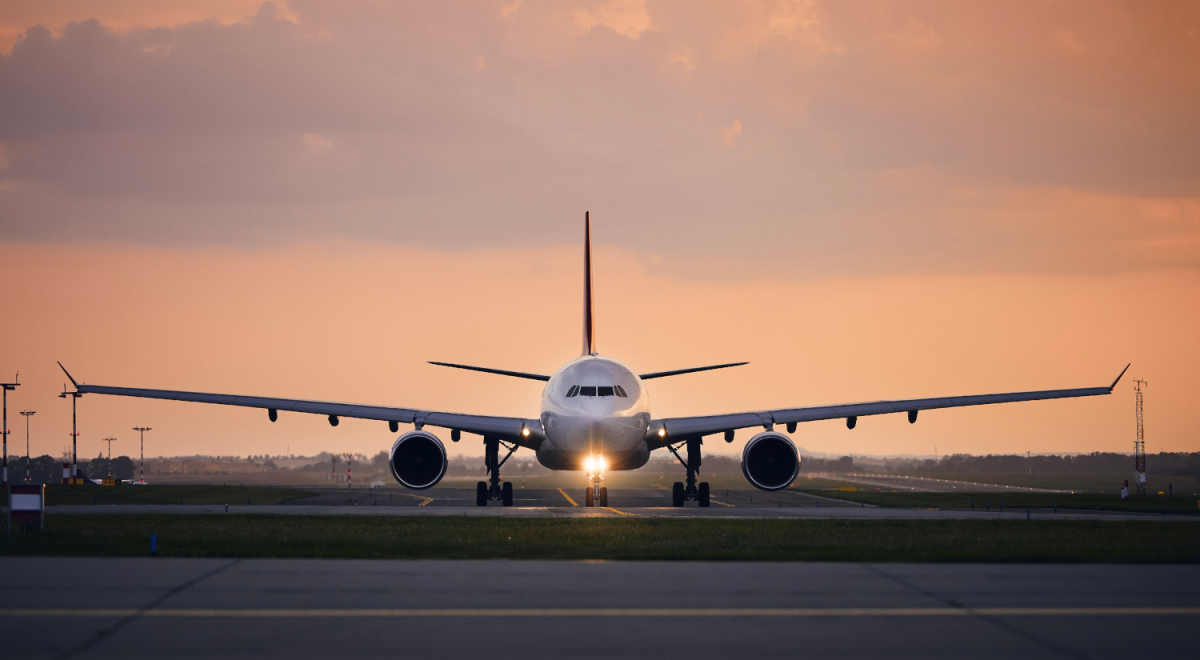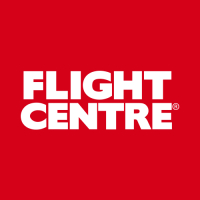When you’re boarding a plane, do you ever stop to wonder what kind of aircraft you’re flying on? Much like cars, planes come in all shapes, sizes, and models—each with its own quirks, capabilities, and creature comforts. From jet powered aircraft like the iconic Boeing 747 commercial plane to sleeker models such as the 787 Dreamliner, the skies are filled with fascinating flying machines. Most of these are fixed wing aircraft, designed for efficiency, speed, and stability, allowing them to soar through the skies at high cruising altitudes where air pressure is much lower than on the ground.
In this blog, we’ll break down the differences between major aircraft types, help you tell your 737s from your 777s, and explore what makes each one unique from both a passenger and airline pilot perspective. Plus, we’ll throw in some fun aviation trivia along the way. Whether you’re a frequent flyer or just plane curious, buckle up, because you're about to learn all the fun facts about planes you never knew.
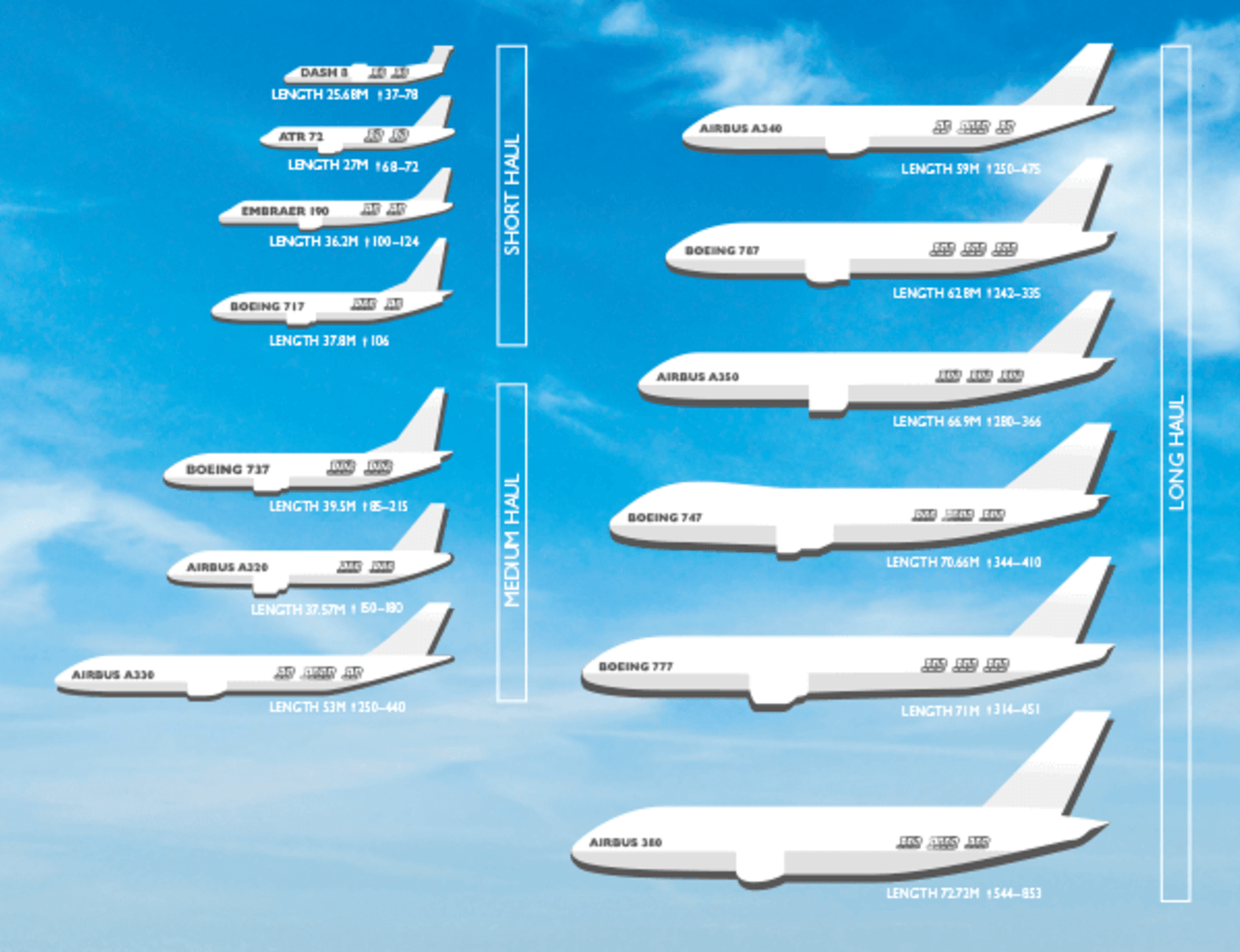


Long Haul Aircraft
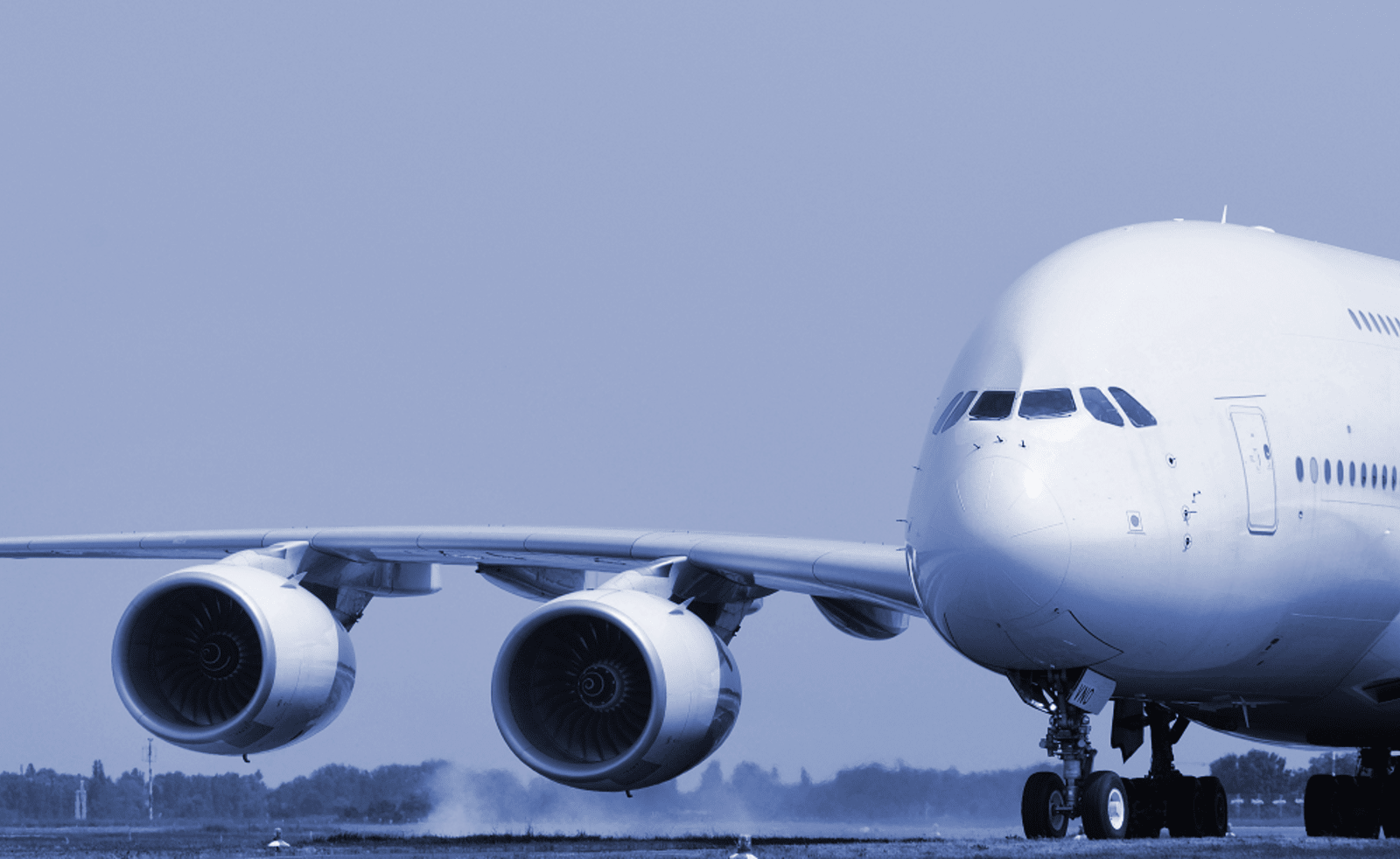


A340
- The A340 is a long-range, wide-body aircraft primarily used by Lufthansa, Virgin Atlantic, Emirates, South African Airways and SWISS.
- The A340 is no longer in production as it has been superseded by the Airbus A350.
Dreamliner 787
- The 787 senses turbulence and can automatically adjust its wingcontrol surfaces for a smoother ride.
- Lower cabin pressurisation results in higher humidity to help reduce the effects of jetlag.
- The 19-inch windows are 65 percent larger than standard aircraft and can be dimmed by cabin crew during takeoff and landing.
- Originally, the 787 was to be called the 7E7 (the ‘E’ stood for efficiency), but Boeing chose to stick with tradition.
- An empty 787 weighs almost 117,617 kilograms – or 29 elephants!
A350
- At over 16 metres high, the A350 is almost the height of a five-storey building!
- As of 2014, 39 different airlines have purchased a total of 812 Airbus A350 XWBs.
- More than 16 million colour combinations and moods can be created by the full-LED lighting system!
- HD video is available for all passengers, including in economy.
- An Air Management System changes the air every two to three minutes, ensuring a draft-free environment and consistent temperature.
Boeing 747
- 5 billion people – almost half of the planet’s population have flown on a 747!
- The upper deck of a 747 has the same square metreage as a 737.
- The Wright brothers could have fit their historic first flight entirely within the 45-metre economy section of a 747!
- Complete with two cabin aisles, the 747 was the first wide body aircraft ever produced.
- Since 1969, 1,494 Boeing 747 have been built, with the main users being Qantas, British Airways and United Airlines.
Boeing 777
- Typically referred to as the ‘Triple Seven’, it is the world’s largest twin jet aeroplane.
- More than 50 carriers utilise the 777, including Virgin Australia, Delta Air Lines, United Airlines, Emirates, Air France, Cathay Pacific, Singapore Airlines, Thai Airways and Etihad Airways.
- A lightly loaded 777 can accelerate from zero to 96 kilometres per hour in less than six seconds.
- The first 777 entered service on June 7, 1995.
A380
- The Airbus A380 is the world’s largest commercial passenger aircraft with the ability to carry over 800 people in an all-economy seating configuration.
- The A380 is 72.7 metres long, 24.1 metres high and boasts an 80-metre wingspan.
- The aircraft weighs 580 tonnes and boasts a cargo space of 3,000 suitcases.
- It takes approximately 3,600 litres of paint to coat the exterior of the aircraft – enough for Michelangelo to paint the ceiling of the Sistine Chapel 97 times!
Medium Haul Aircraft
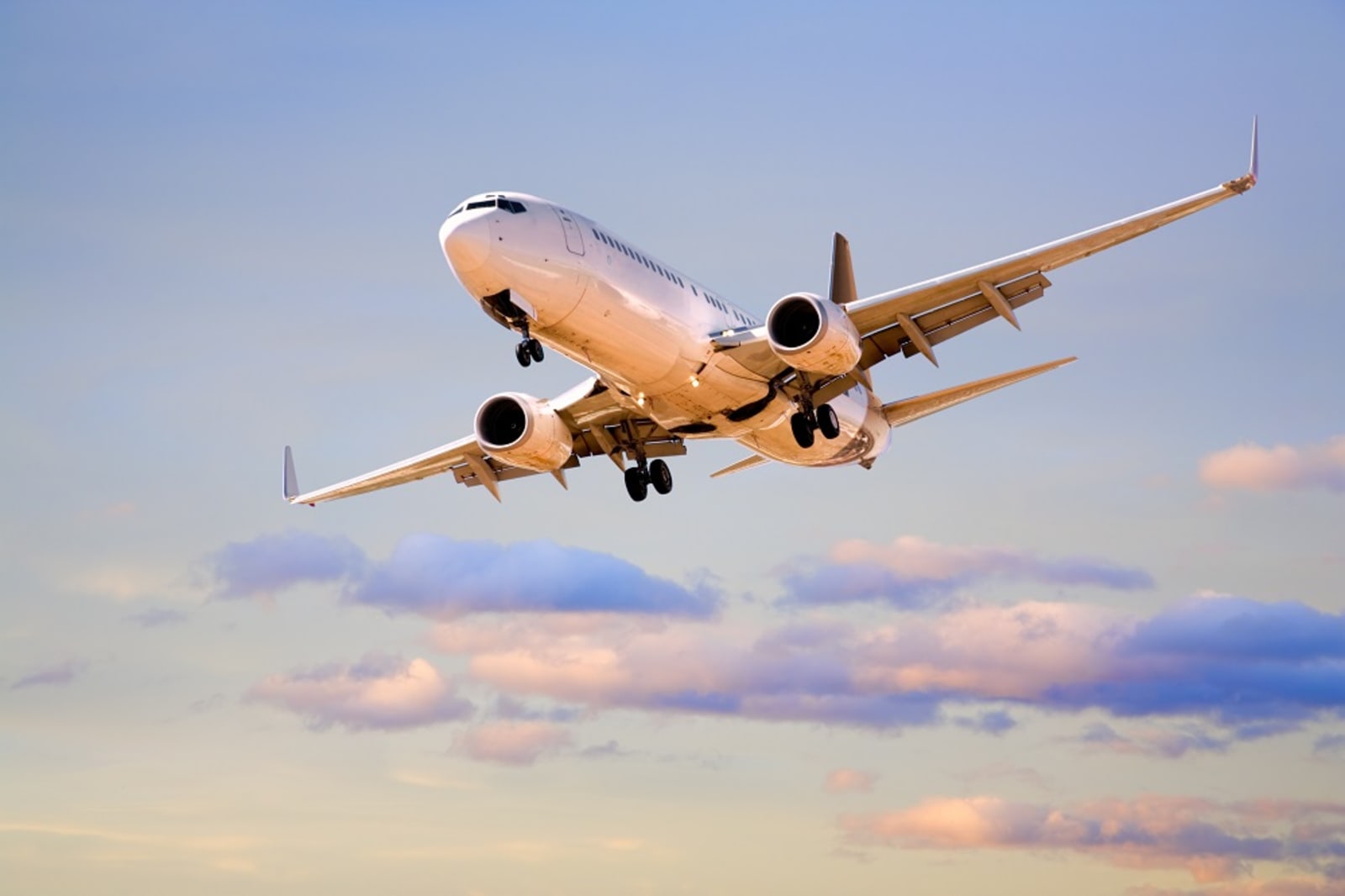


Boeing 737
- The Boeing 737 family of aircraft is considered the world's most popular form of commercial jet transport.
- A next-generation 737's overhead bins hold up to 50 percent more baggage, resulting in faster boarding.
- Boarding and exiting the aircraft can take longer than a wide-body aircraft due to the single aisle.
Airbus A320
- The Airbus A320 first flew in 1984 and entered commercial service in 1988. It was an immediate success and has since become the fastest-selling airliner in the world.
- Designed for efficiency and performance, the A320 is one of the most fuel efficient aircraft in its class, built to operate smoothly at high altitudes.
- It introduced revolutionary fly-by-wire technology, where control inputs from the pilot are transmitted electronically to the flying surfaces—eliminating the need for traditional mechanical systems.
- The A320 is built with multiple separate systems to enhance safety, offering greater reliability in the event of a technical failure.
- Its landing gear is engineered for durability and smooth operation, capable of handling the demands of high-frequency short- to medium-haul flights.
- Inside, the A320 can seat up to 179 passengers in a single-aisle layout and includes three lavatories—one of which is reserved for business class.
- Generously sized airplane windows provide a brighter cabin experience and a better view for passengers during flight.
- Some of the largest operators of the A320 family include US Airways, easyJet, China Southern, China Eastern, Lufthansa and United Airlines.
- The A320’s combination of modern design, comfort, and technical innovation has helped shape the future of commercial aviation—allowing planes to travel further, more efficiently, and more safely than ever before.
A330
- The longest non-stop A330 flight is the Delta Air Lines' Detroit-to-Beijing service covering 10,672 kilometres over 14 hours and 10 minutes at a cruising altitude.
- The shortest scheduled A330 operation is the Hong Kong-to-Guangzhou Dragonair flight, travelling 118 kilometres in 50 minutes.
- The A330 is used by many airlines, flying to over 400 destinations around the world each week.
- An A330 can carry a combined 112,000 kilograms of passengers, freight and fuel in total.
Short Haul Aircraft
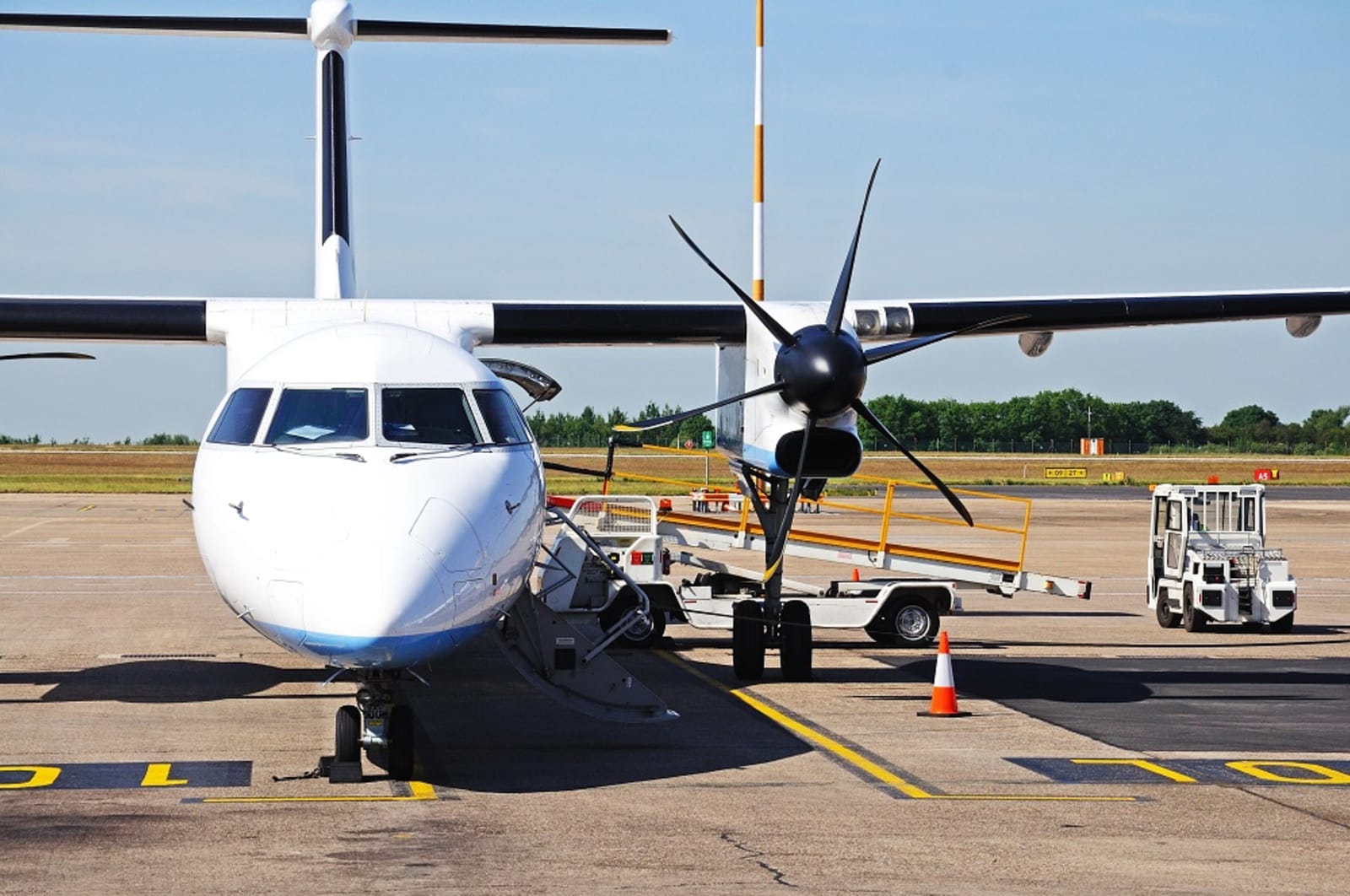


Dash 8
- The Dash 8 is a popular regional aircraft known for its reliability and efficiency on shorter routes. With a flight crew of two, it offers standard single-class seating for 50 passengers in a four-abreast configuration with an 81 cm seat pitch. Its horizontal stabilizer and vertical stabilizer work together to maintain balance and control during flight—particularly important on shorter hops where quick responsiveness is key.
- One of the shortest scheduled services using the Dash 8 is operated by Island Air in Hawaii, flying just 43 kilometres from Molokai to Lanai in only 10 minutes. Despite the short journey, the aircraft still requires enough lift to safely take off and land within a tight timeframe.
- Air Canada Express and QantasLink are among the largest global operators of the Dash 8.
- Due to cabin space limitations, large carry-on bags typically need to be stored in the cargo hold.
- In line with safety regulations and as with all commercial aircraft, oxygen masks are installed above passenger seats for use in the unlikely event of cabin depressurisation.
ATR72
- The ATR72 is another turboprop designed for regional air travel, often used in island-hopping and short domestic services.
- Unique to the ATR72, passengers board using the rear door while the front is reserved for cargo loading—ensuring quick turnaround and balanced weight distribution, which is critical to maintaining proper horizontal stabilizer function.
- A tail stand must be installed during boarding or disembarking to prevent the aircraft from tipping backward, especially if the weight isn’t properly distributed—a clear indication of how delicate maintaining enough lift and centre of gravity can be for smaller aircraft.
- The shortest scheduled ATR72 route is operated by Air Tahiti, covering 18 kilometres from Papeete to Moorea in just 15 minutes.
- Most large carry-on bags are restricted to the cargo hold due to limited overhead storage.
- Oxygen masks are provided onboard as standard emergency equipment.
Embraer 190
- The Embraer 190 is a versatile regional jet that typically seats 100 passengers in a two-class configuration or up to 124 in a single-class, high-density layout.
- The aircraft features a distinctive “double bubble” fuselage design, allowing greater standing headroom and comfort within its four-abreast seating layout.
- Its jet engines produce less noise, making the aircraft suitable for air traffic into noise-sensitive airports like London City Airport.
- Leading operators of the Embraer 190 include Air Canada, JetBlue, KLM, and Virgin Australia.
- As with all commercial jets, the Embraer 190 includes oxygen masks, as well as a stabilising tail structure incorporating both horizontal and vertical stabilizers to ensure aerodynamic balance and control.
Boeing 717
- The Boeing 717, formerly known as the McDonnell Douglas MD-95, was designed specifically for the short-haul, high-frequency market.
- Seating approximately 100 passengers, this twinjet aircraft was rebranded as the 717 following the Boeing-McDonnell Douglas merger in 1997.
- A total of 156 Boeing 717 aircraft were built before production ceased, and it remains in operation with several regional carriers.
- Its compact design helps generate enough lift for short-haul flights while staying agile in busy air traffic environments.
- The 717 is also equipped with emergency oxygen masks and features conventional vertical and horizontal stabilizers, providing the stability needed for frequent takeoffs and landings.

